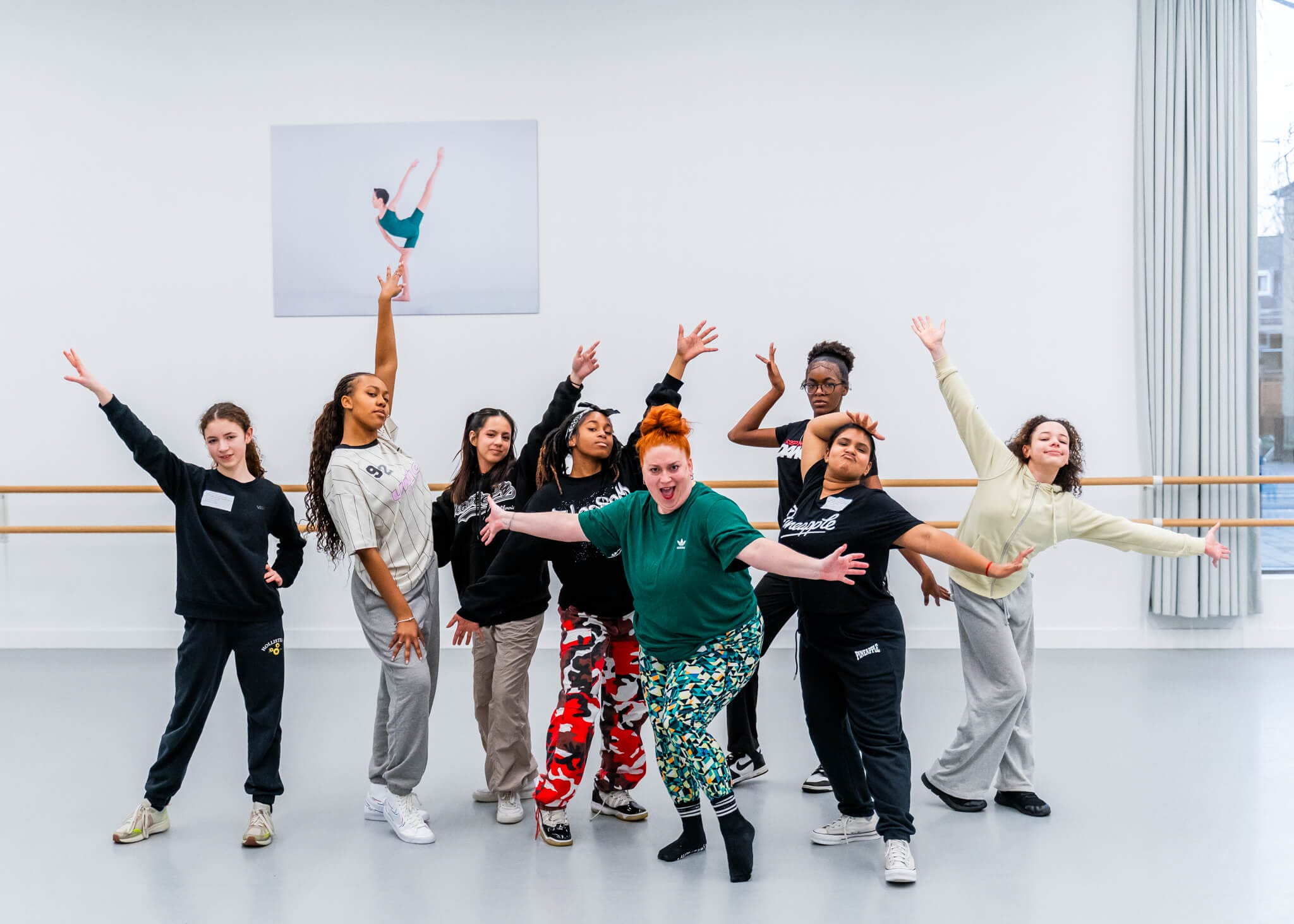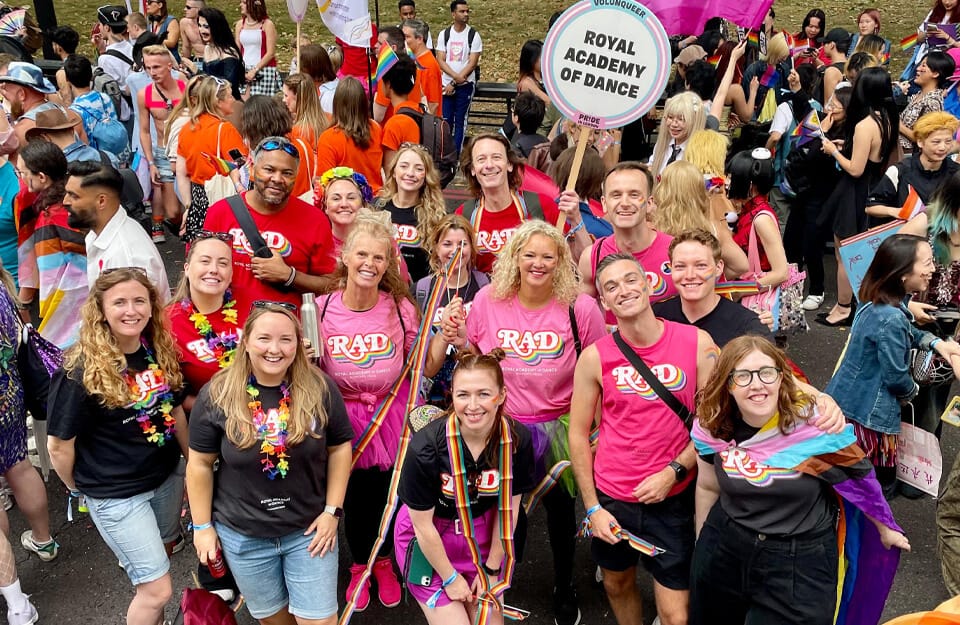How can dance benefit young people?

Dance is more than just movement; it is a powerful tool for personal growth, self-expression, and community building. The benefits of dance for young people extend far beyond the studio, positively impacting physical health, emotional wellbeing, social skills, and academic success.
“It is imperative, particularly for the future of children, that society understands the physical, mental, and emotional benefits of dance on a personal and individual level. As a physical art form, dance has the power to assist with the obesity epidemic and mental health disorders that are plaguing America and its youth.
Salo, Amber,The Power of Dance: How Dance Effects Mental and Emotional Health and Self-Confidence in Young Adults (2019).Master’s Theses. 133.
So, what are some of these benefits?
Building life skills
Dance benefits young people by enriching lives and fostering essential life skills. Through structured learning, students develop communication, teamwork, problem-solving, and observational skills. Working together on choreography and performances encourages collaboration and adaptability – valuable skills for education and future careers.
Enhancing emotional wellbeing
Dance provides a space where young people can build mental resilience, self-esteem, and confidence. Movement serves as an outlet for self-expression, helping students navigate their emotions in a supportive environment.
“Participation in dance classes allowed for a deeper understanding of the nature of emotions and their influence on behaviour and communication. Through dance, individuals can better recognize their own emotions and reactions, as well as understand the emotional state of others. This aspect of emotional competence development positively influences interpersonal relationships and social connections.”
Multiple Authors, The impact of dance on enhancing social skills and emotional intelligence through creativity (2025) Science Direct
Improving physical health
With rising concerns over youth inactivity, the benefit of dance for young people offers an engaging and enjoyable way to stay physically active. Unlike traditional sports, dance provides a creative approach to fitness, encouraging students to develop a lifelong appreciation for movement and the arts.
“Results… suggest that recreational dance can improve cardiovascular fitness and bone health of children and young people and can contribute to preventing or reducing obesity. There is also more limited evidence that suggests dance participation may improve self-concept and body image and reduce anxiety.”
Burkhardt, J., & Brennan, C. (2012) The effects of recreational dance interventions on the health and well-being of children and young people: A systematic review. Arts & Health
Enriching cultural experiences
Dance introduces young people to diverse styles, histories, and cultural traditions. By learning about different dance forms, students gain a deeper appreciation for cultural identity and artistic expression.
“Targeted efforts by schools and arts organisations can play a meaningful role in students’ cultural capital acquisition, which in turn leads to higher student self-efficacy and sense of belonging, particularly for students with lower levels of arts and cultural learning experience.”
Bowen, D. H., & Kisida, B. (2024). You make me feel like dancing: the effects of dance exposure on children’s cultural interests and social-emotional development. Arts Education Policy Review, 1–13.
Boosting academic achievement
Engagement in dance has been shown to enhance motivation and confidence in other academic subjects. The discipline, focus, and creative thinking required in dance often translates into academic benefits with dance for young people leading to an improved performance in school.
“Participants report that this dance course benefited their general wellbeing through exercising, relieving stress, increasing happiness, and forming friendships. These conclusions demonstrate that kinaesthetic learning can have beneficial applications in the academic classroom that help both kinaesthetic learners and others to learn and retain information.”
Eckstein, Grant and Hanks, Elizabeth, “Increasing English Learners’ Positive Emotional Response to Learning Through Dance” (2019). BYU Faculty Publications. 6365.
Transforming young lives through dance
Through engaging programmes, inspiring performances, and dynamic creative projects, dance nurtures talent, builds confidence, and opens doors to new opportunities. It empowers young people to express themselves, develop resilience, and discover their potential – both on and off the dance floor.
By fostering creativity, discipline, and collaboration, dance becomes more than just movement – it becomes a powerful force for personal growth, community connection, and lifelong learning.
At the RAD we care a lot about wellbeing and mental health, and that’s why we are so proud of Step into Dance, an inclusive dance programme for 11-18-year-olds we deliver in partnership with the Jack Petchey Foundation.
The programme offers young people the opportunity to experience the transformative power of dance. It is a gateway to growth and self-discovery. By participating, young people realise the benefits of dance by gaining invaluable skills that support their personal and academic journeys, empowering them to thrive in all areas of life.




